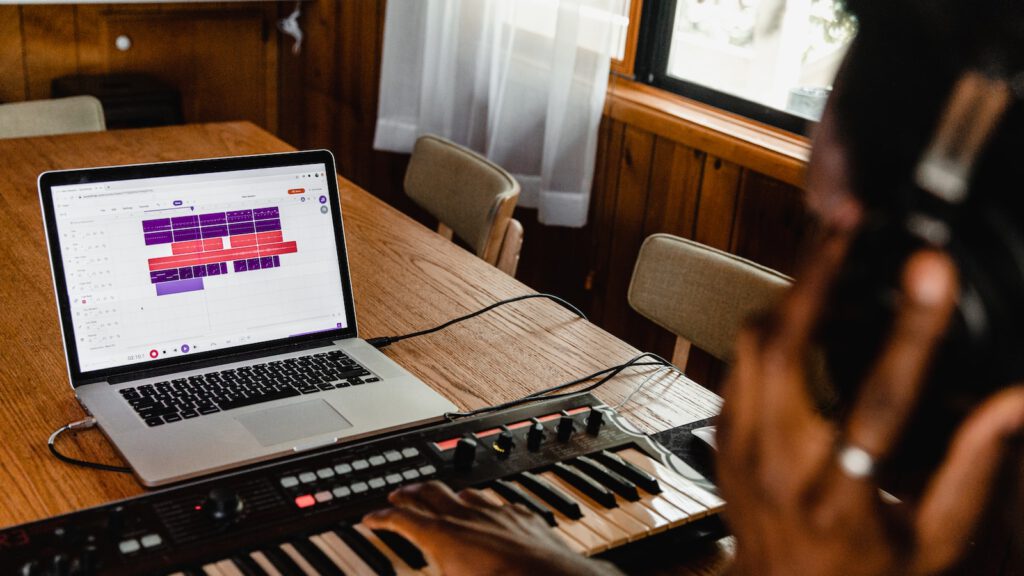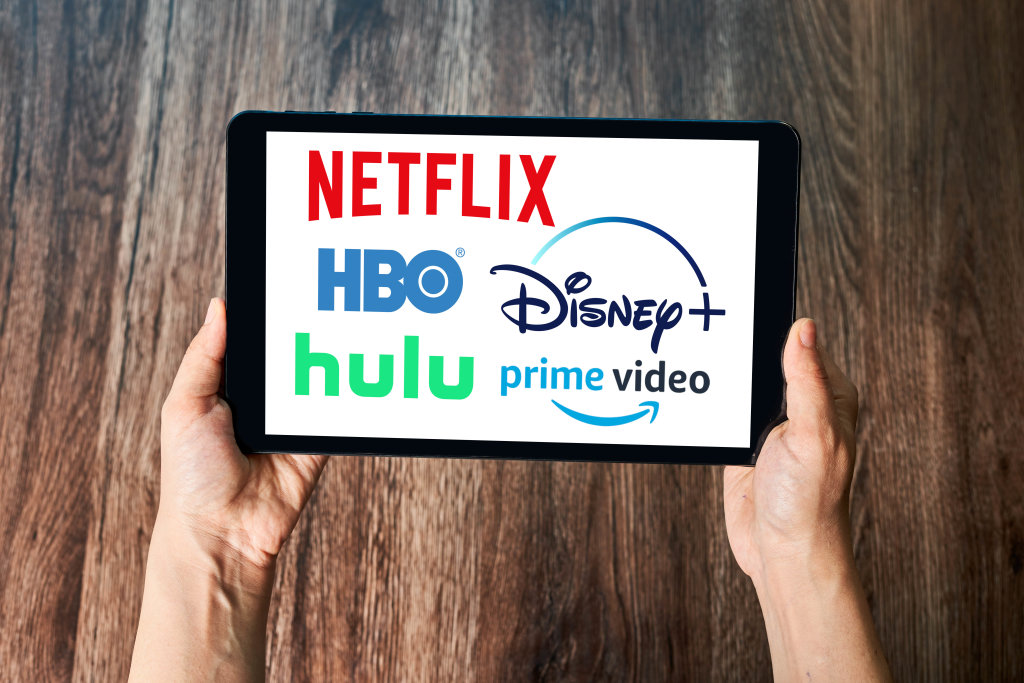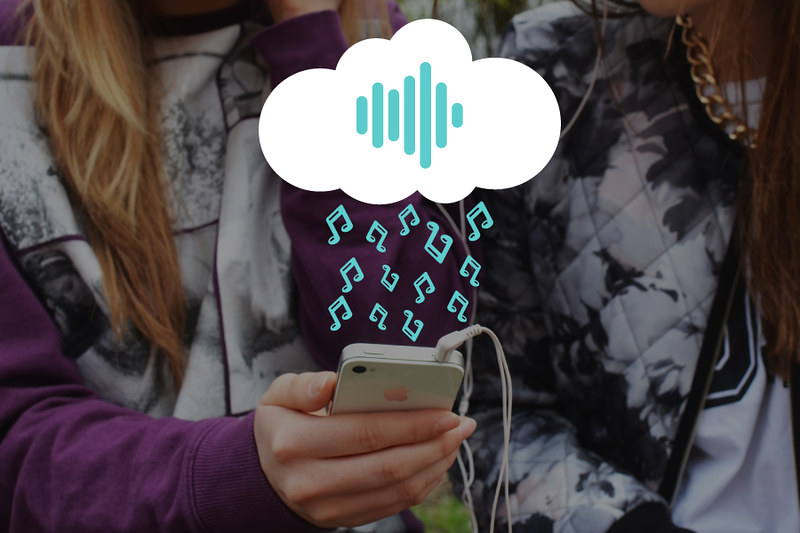
The Power of Nostalgia: Throwback Playlists and Their Popularity
Ah, nostalgia. Nothing quite invokes the power of the past like searching for and playing songs from our favorite childhood memories. With the rise of throwback playlists, it seems that everyone – from teens to adults alike – is toggling back to the days of our younger selves. In this article, we will explore the power of nostalgia and discover why throwback playlists have become so popular.
1. The Impact of Nostalgia
- A Sense of Belonging – Nostalgia can create a sense of belonging and connectedness to people, events, and places of the past. Even if those connections are just perceived, the power of nostalgia is strong and the feelings associated with it can be profound and comforting.
- Triggering Emotional Memories – For many of us, nostalgic moments can be filled with emotions like joy, sadness, and longing. Each memory is unique, and it can be incredibly powerful to revisit places, conversations, and events that remain close to our hearts.
Nostalgia can also evoke powerful triggers in the form of stories, videos, and photos. Seeing reminders of the past can bring up a flood of emotions and help us to piece together memories that were lost. Companies and marketers can take advantage of this phenomenon by tapping into our memories to evoke emotions.
In addition, nostalgia can also help to bring communities together. We can all reminisce on shared experiences of the past, which can help to foster strong and lasting bonds between people and even entire cultures. This can be an important tool in helping us keep connected in an ever-increasingly fragmented world.
2. Analyzing the Popularity of Throwback Playlists
Exploring the presence of throwback playlists in today’s music is a fascinating task. With the advancements in music and technology, today’s music fans have had different experiences of growth and change.
- Data Collection: The first step in is to collect data. This data can include the number of plays each playlist has, the genre of the music, and the length of time each playlist has been live on the streaming platform.
- Data Analysis: Once the data is collected, the next step is to analyze it. Looking at the data can provide insights into which songs were most popular, the average number of plays each playlist had, and the geographic areas that had the most engagement.
By looking at the data trends in the throwback playlists, a better understanding of the popularity of this genre can be achieved. From there, more data-driven decisions can be made on how best to market and create new playlists.

3. Utilizing Nostalgia to Build Connections
As marketers, we know that tapping into nostalgia can help to build strong connections with consumers. There are many ways you can utilize nostalgia to build those all-important connections with your target audience.
- Show Your Products in a Different Light – Pulling from the past can be a great way to leverage nostalgia for your products. Putting together a “throwback” style photo shoot with your products can bring a touch of nostalgia to all your marketing materials and social media accounts, thereby reminding customers of the great memories and times they used to have.
- Revive Classic Brands – You can also use nostalgia to build connections by reviving classic brands from years gone by. There is real potential here for creating something unique and different that customers may be familiar with.
- Go beyond Traditional Media – Nostalgia can even become an integral part of your content strategy by leveraging social media channels. Utilizing platforms such as Snapchat, Instagram and Vine can be very effective for engaging customers and triggering happy memories of the past.
Although nostalgia may not be something you can employ consistently, using it strategically every now and then can be a great way of connecting with your customers and strengthening relationships. Don’t be afraid to experiment a bit; you never know what kind of response you could get from your customers.
4. Crafting the Perfect Throwback Playlist
Everybody knows that nothing takes you back in time like a great playlist. Drifting back to fond memories can start with as little as one song, but to create a collection of songs that bring you back to that special place you need the perfect balance of classic solid gold tunes.
- Start by going through old photos or mementos and make note of the type of memories that come up when looking at them
- Think about the top artists and songs of the time period
- Brainstorm a list of must-haves for your throwback playlist
Go through your existing music library or search online to quickly add the classic hits that stick out, or curate tracks from alternative acts during that time period. Then add spice to your playlist with throwback remixes and mash-ups to make it unforgettable.
It’s clear that nostalgia brings joy and comfort to many, and that throwback playlists capture this feeling in many ways. So why not press play and enjoy a bit of nostalgia, a reminder of a simpler time and much-loved music? Pull up your playlist, grab a blanket, and get ready for a wonderful journey down memory lane!






